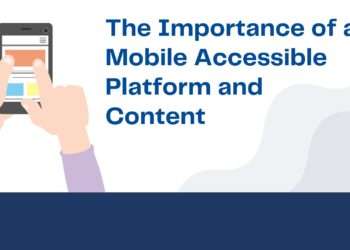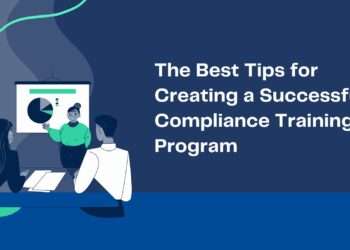
December 21, 2021| Insight, Recruit & Retain| Christen Aldrich

July 15, 2021| Insight, Recruit & Retain| Christen Aldrich

January 10, 2021| Insight, Recruit & Retain| Christen Aldrich

April 7, 2020| Insight, Train & Develop| Christen Aldrich

October 10, 2019| Insight, Recruit & Retain| Christen Aldrich

We are a nonprofit workforce development strategy & design agency helping organizations create human-centered workforce development solutions so they can grow, recruit, and retain an engaged, diverse and thriving workforce.

A leader in innovative workforce development solutions.
1 Main Street • Canton, NY 13617
Phone: (800) 516-9693 • Monday – Friday, 8:00 am – 4:00 pm